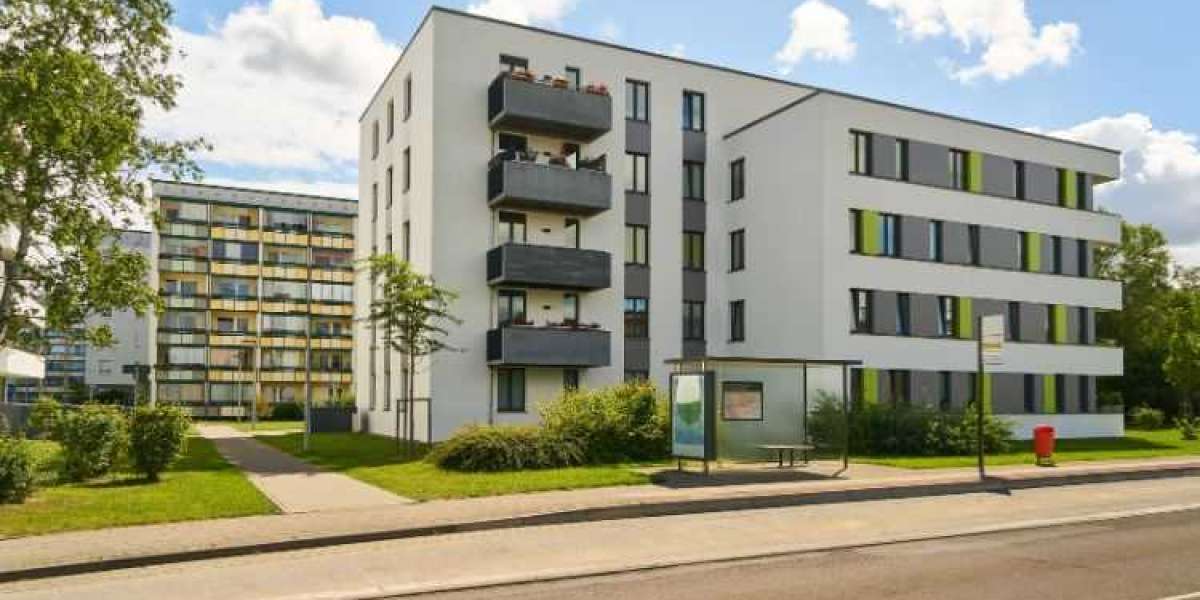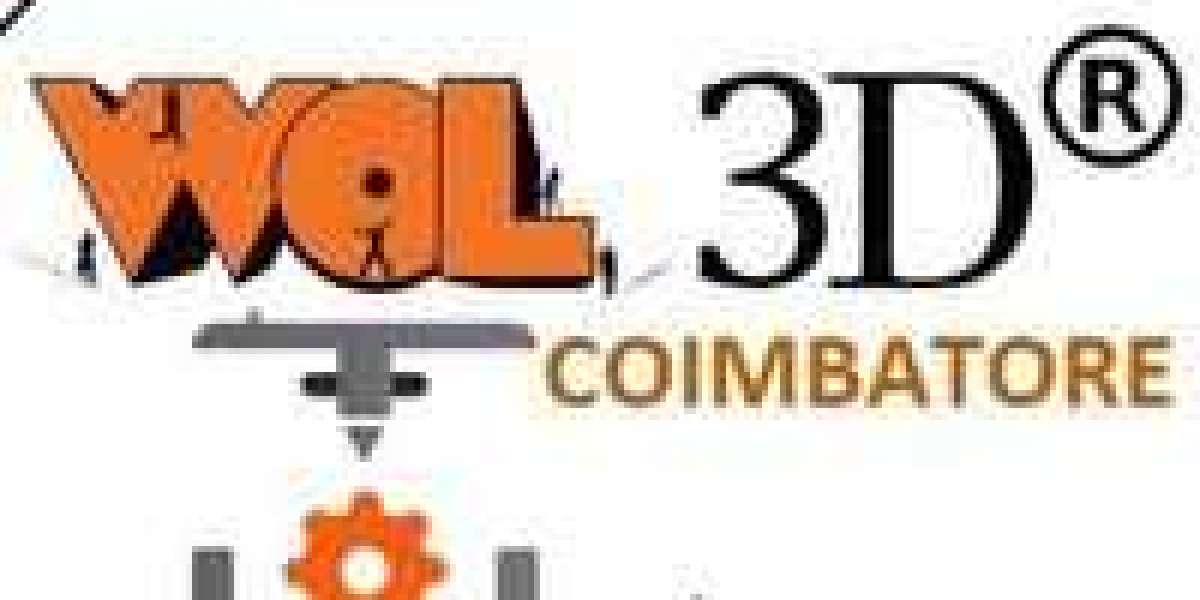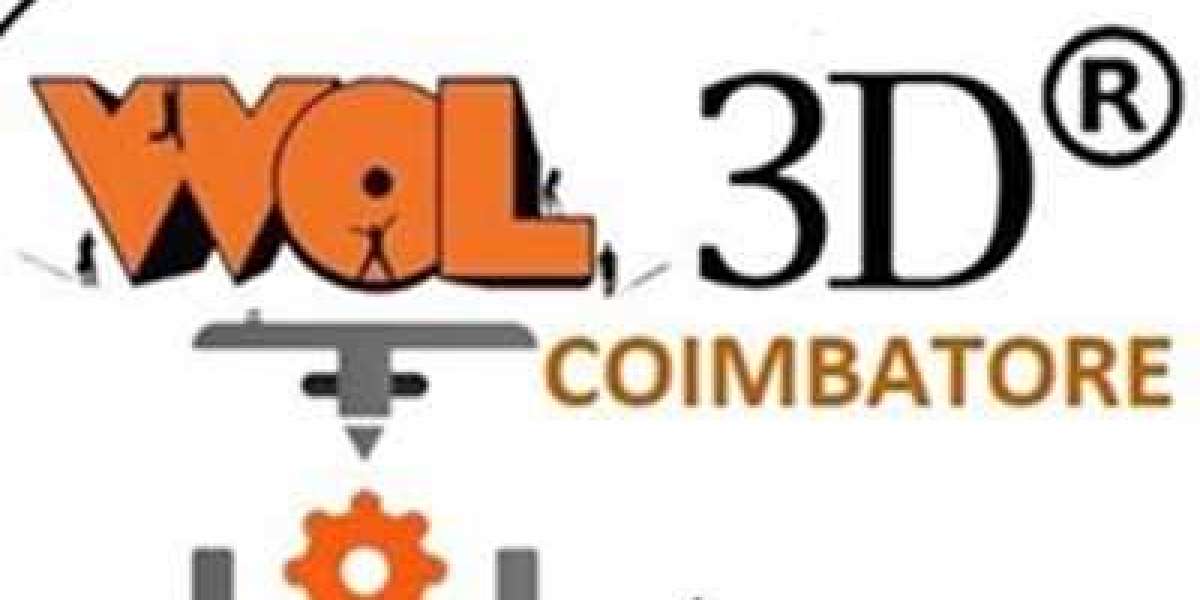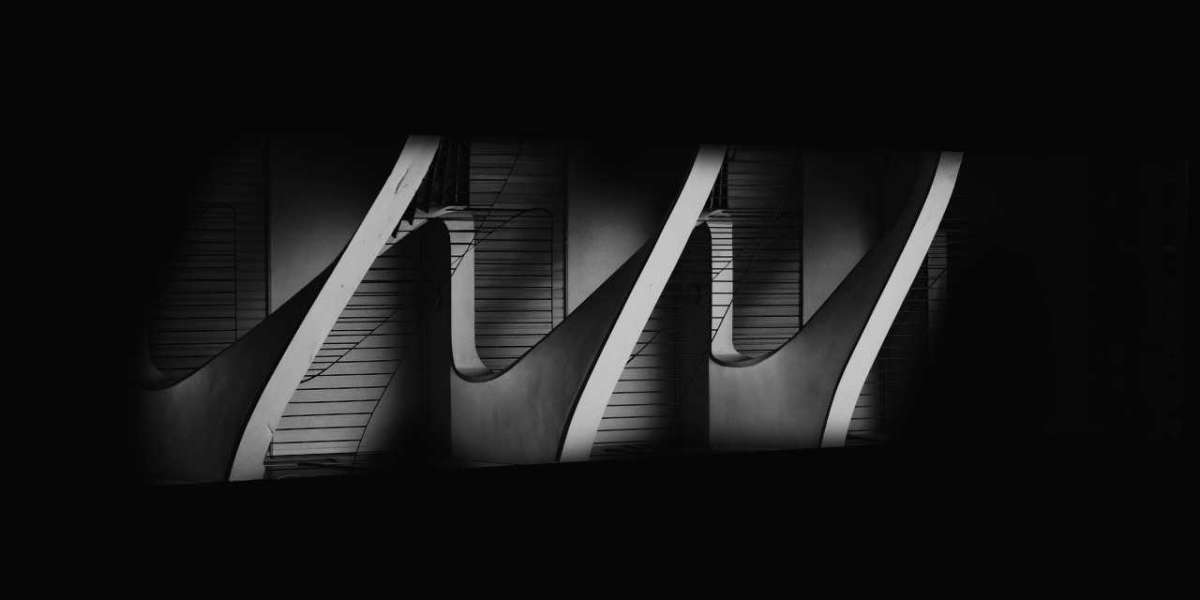The Australia prefabricated building market size reached USD 4.96 billion in 2023. The market is expected to grow at a CAGR of 6.84% between 2024 and 2032, reaching almost USD 8.93 billion by 2032. This growth is indicative of the increasing adoption and popularity of prefabricated buildings in Australia. In this blog post, we will delve into the trends driving this growth, the advantages of prefabricated buildings, successful case studies, regulatory landscape, and the future outlook of the prefabricated buildings market in Australia.
Growth Trends
The prefabricated buildings market in Australia has been experiencing steady growth, driven by several factors. One of the key drivers is the cost-effectiveness of prefabricated construction compared to traditional methods. Prefabricated buildings require less time and labor to construct, leading to significant cost savings for builders and developers. Additionally, the standardized manufacturing process of prefabricated components ensures consistent quality, further adding to their appeal.
Another factor driving the growth of the prefabricated buildings market in Australia is the increasing focus on sustainability. Prefabricated buildings are inherently more sustainable than traditional construction methods, as they generate less waste and consume less energy. With sustainability becoming a key consideration for many builders and developers, the demand for prefabricated buildings is expected to continue growing.
Market Segmentation
The prefabricated buildings market in Australia is segmented into various types, including modular and panelized construction. Modular construction, in particular, has gained popularity due to its flexibility and efficiency. Modular construction involves the use of pre-fabricated modules that are manufactured off-site and then transported to the construction site for assembly. This method allows for faster construction times and reduced costs compared to traditional construction methods.
Panelized construction, on the other hand, involves the use of pre-assembled panels that are transported to the construction site for assembly. This method is also faster and more cost-effective than traditional construction methods, making it a popular choice for builders and developers in Australia.
Advantages of Prefabricated Buildings
Prefabricated buildings offer several advantages over traditional construction methods. One of the key advantages is their cost-effectiveness. Prefabricated buildings require less time and labor to construct, resulting in lower overall costs. Additionally, the standardized manufacturing process ensures consistent quality, reducing the risk of defects or errors during construction.
Prefabricated buildings are also more sustainable than traditional construction methods. They generate less waste and consume less energy, making them a more environmentally friendly option. With sustainability becoming an increasingly important consideration for many builders and developers, the demand for prefabricated buildings is expected to continue growing.
Case Studies
Several successful prefabricated building projects have been completed in Australia, showcasing the benefits of this construction method. One such project is the Arkadia Apartments in Brisbane, which used modular construction to significantly reduce construction time and costs. Another example is the Macquarie University Incubator in Sydney, which utilized prefabricated components to achieve a high level of sustainability.
The Arkadia Apartments project involved the construction of a 10-storey residential building using modular construction techniques. The modules were manufactured off-site and then transported to the construction site for assembly. This method allowed for faster construction times and reduced costs compared to traditional construction methods.
The Macquarie University Incubator project involved the construction of a sustainable innovation hub using prefabricated components. The building features a range of sustainable design features, including solar panels, rainwater harvesting systems, and energy-efficient lighting. The use of prefabricated components allowed for faster construction times and reduced costs, while also reducing the environmental impact of the building.
Challenges and Opportunities
Despite the growing popularity of prefabricated buildings in Australia, there are still some challenges that need to be addressed. One of the main challenges is the perception of prefabricated buildings as being of lower quality compared to traditional construction. This perception can be a barrier to adoption for some builders and developers, despite the proven benefits of prefabricated construction.
Another challenge is the regulatory hurdles that need to be overcome. Some local councils may have restrictions on the use of prefabricated buildings, which can make it difficult for builders and developers to use this construction method. However, many states are now introducing new regulations to promote the use of prefabricated buildings, recognizing their potential to address housing shortages and improve construction efficiency.
Regulatory Landscape
The regulatory landscape for prefabricated buildings in Australia is evolving, with some states introducing new regulations to promote their use. For example, in Victoria, the government has introduced the Victorian Building Authority (VBA) which oversees the approval and regulation of prefabricated buildings. Other states are also exploring ways to streamline the approval process for prefabricated buildings, recognizing their potential to address housing shortages and improve construction efficiency.
Future Outlook
The future outlook for the prefabricated buildings market in Australia is promising, with continued growth expected in the coming years. Emerging trends such as the use of advanced materials and technologies are expected to further drive the growth of the market. Additionally, the increasing focus on sustainability is likely to drive demand for prefabricated buildings, as they are inherently more sustainable than traditional construction methods.
Click here to checkout our other reports:- https://www.expertmarketresearch.com.au/







